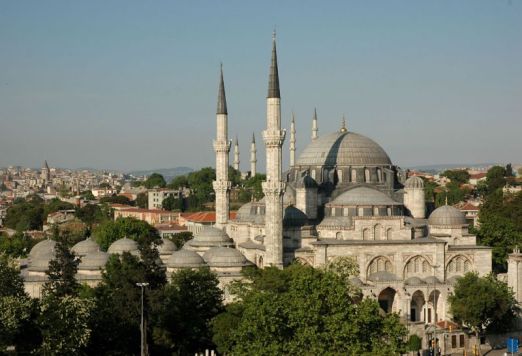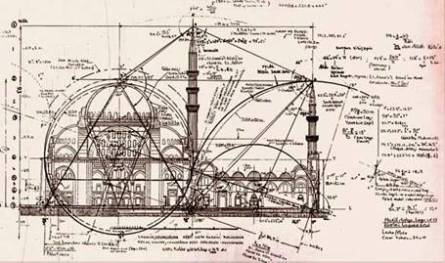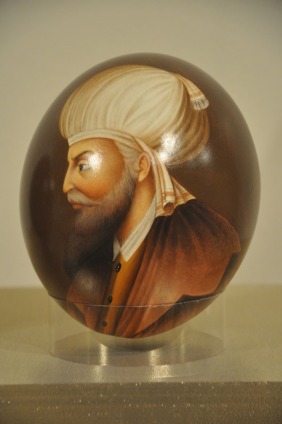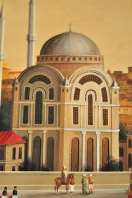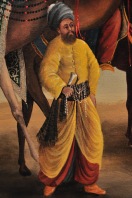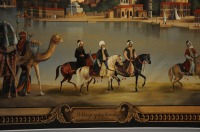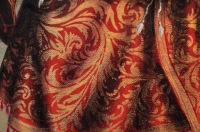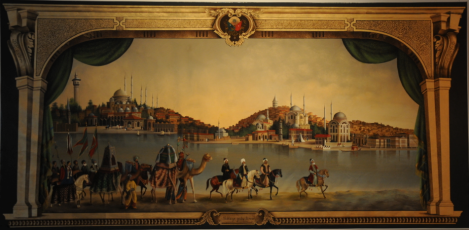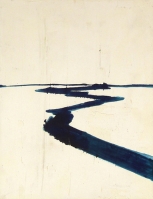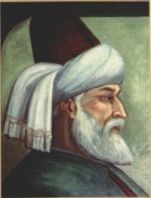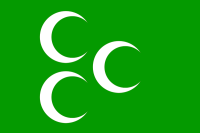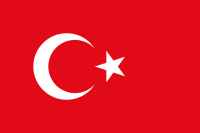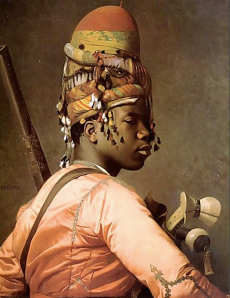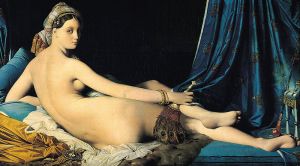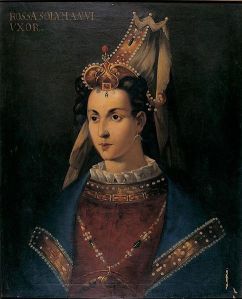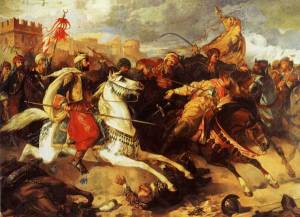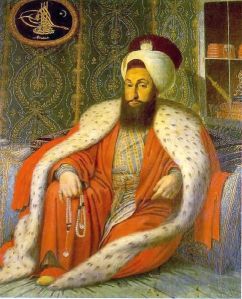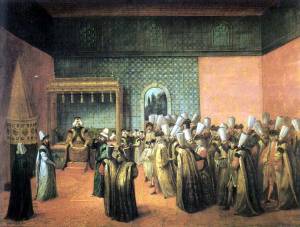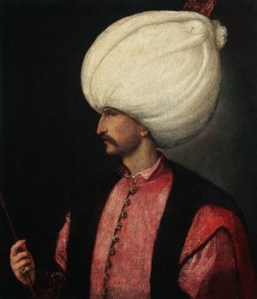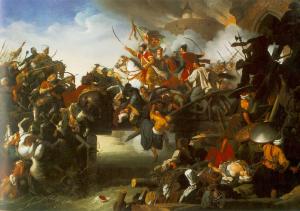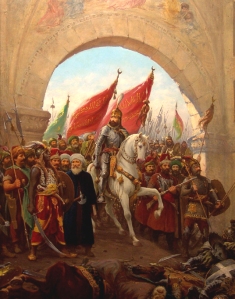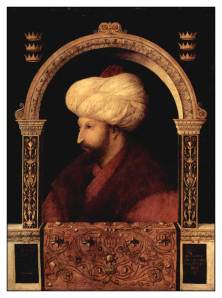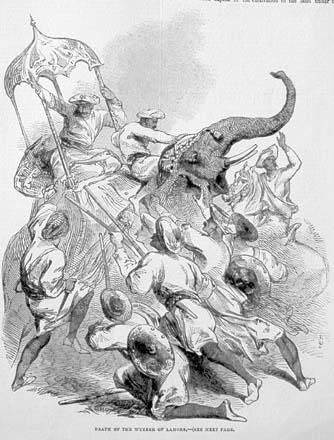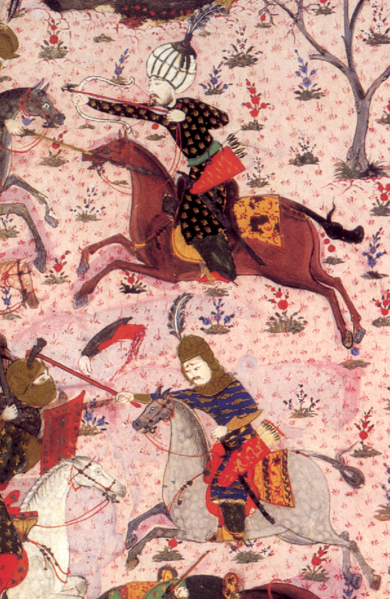(Originally translated from Zula Blog)
In the 1990s, a civil engineer from the company that engaged in the restoration work of Sinan’s masterpiece -Şehzadebaşı Mosque- told on a televison about the events he lived during his works:
“There were bruising stones from place to place forming arches over the doors in the wall of garden surrounding the whole mosque. Restoration program also included the renewal of these arches. We had learned how one can construct the stone arches in the engineering faculty in theory but we didn’t had any practical experience since then.
So we had a meeting with technicians about how we should restore the arches. As a result, we decided to nail a wooden pattern under the bottom of each arches. Then we would slowly remove the stones of arch taking useful notes. And we would consult those notes when we were rebuilding the arch.
So we made the patterns.
Removal started from beginning of the arch lock. Surprisingly, we come across a glass bottle at the junction of the two stones. There was a white paper rolled in the bottle. We opened the bottle and saw some old ottoman scripts on the paper. Then we took the paper to a language expert who could read the old script.
Full translation of the script as below:
‘The life time of the stones that the arch made up is approximately 400 years. After 400 years, since those stones will be bruised you may want to renew them. Probably, you didn’t not know how you can rebuilt the arch since the building techniques will be changed inside out. Here i am writing this letter to you telling how you should rebuilt it….’
After reading the letter, we saw that architecture Sinan was even describing the region of Anatolia in where he took the stones from!
This letter was an extra ordinary example of how to achieve lasting results in buildings for centuries. The splendor of this letter, even if the people of the modern era will be forced to know the life of the stone, how the building technique may change after 400 years, to withstand the level of the knowledge comes from the use of paper and ink. Of course, this high information was not unknown for this Great Architecture. However, even more spectacular thing is that his responsibility that may cause finding solutions for after 400 years.”
